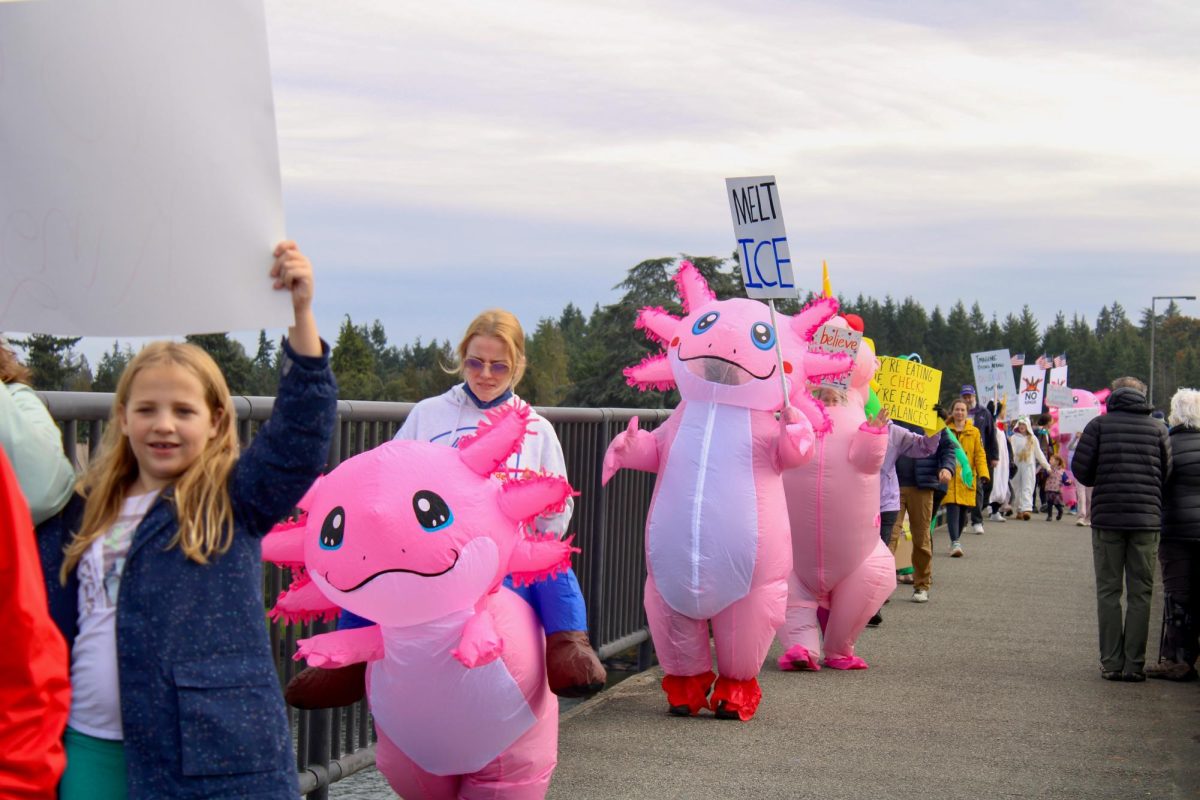Given how COVID-19 has exacerbated racial inequities and the limitations to in-person discourse, many have taken to their Instagram stories and other such social media platforms to spread awareness and resources about white supremacy, racial bias and police brutality.
Most posts, Instagram stories as the most popular form, about or tributes to the victims are well-intentioned, seeking to inform the public. For example, Instagram user @theconsciouskid shared an insightful, iceberg-style diagram depicting “overt” examples of White Supremacy and “socially acceptable” examples of White Supremacy.
According to the post, overt examples of White Supremacy include lynching and hate crimes, white covert white supremacy include the White Savior Complex and cultural appropriation. The post was shared by many users to their stories.
Yet, a significant portion of these well-intentioned social media users toe the line as to what is respectful to the Black community and effective in educating others and encouraging discourse. A more inflammatory example of inappropriate posting was the circulation of a video depicting the murder of Floyd. A large number of people reposted the video on social media, although sharing was not explicitly encouraged by Floyd’s family.
The perceived purpose of reposting the video was to stun others to awaken the ignorant, so to speak. However, those who consider sharing such content should take pause. Various activists have expressed concern on how circulating the graphic video is unhealthy for the Black community, especially in high volume.
“Sharing violent, explicit, and exhausting images of George Floyd’s brutal death is not healthy for black people to see continually,” poet and activist Kai-Isaiah Jamal said.
Social media users should focus on the impact of their own posts. Each person active on social media is responsible for the content that they share or create and the consequences of their content, despite any good intentions. Therefore, those who strive for social consciousness and to support Black people and the Black community have a duty to act mindfully in their social media activity.
Acting with care and intention will allow people to avoid backtracking on themselves. For example, Tuesday, June 2, many people, particularly non-Black people of color and white people, posted black squares with #blackouttuesday on platforms such as Instagram and Facebook.
The post represented solidarity with the Black community and Black women in the music industry. Many of the posts had captions that encouraged followers to explore resources linked to the posting account, but there was minimal verbiage otherwise.
Later that day, a substantial number of people deleted the #blackouttuesday post, explaining that they realized that although they continued to stand in solidarity with Black Lives Matter, the post was not productive. The black squares filled up real estate on social media and many neither promoted Black voices nor promoted resources that would contribute to Black Lives Matter.
Credit should be given to those who were willing to learn more about the impact of their initial post and ultimately decided that their post was better put aside. However, if people are thoughtful about what they post beforehand, time would not be wasted on apologizing and identifying how intentions could be misconstrued.
So, when non-Black people of color and white people post or share content, they should consider the following: what is the intent behind the post? Are you posting because you feel pressured to show solidarity, or are you posting to educate others and elevate black voices?
Those seeking knowledge must also keep a watchful eye out when digesting media. Many have come to the conclusion that various mainstream and local news outlets portray the protests inaccurately, emphasizing the destruction and violence (most of which is not caused by protesters).
Although much of the content shared on social media promotes the Black Lives Matter movement, in contrast to the mainstream media which has largely underreported the topic, people must approach such content with a critical lens and take time to understand what they see and read.
For example, activist Shaun King recently posted a video of Bellevue police officer Will Dowsing putting a Black woman in a chokehold. The video allowed for the case to be reopened. REOPENED. The incident occurred in 2018, although posting the video in the current climate might imply otherwise or mislead. It should also be noted that King’s activism in the past has not been without controversy. Nonetheless, bringing such incidences to light allows for exposure of the unjust and violent actions of the officer.
Even for all the attempts to educate the Mercer Island community and beyond, each person must recognize that solidarity and education are the baseline for supporting the Black community.
We must initiate conversations with friends and family in an effort to educate others and create a dialogue with those who might disagree. We must vote for elected officials who support the ideals. We must be ready to support and amplify Black voices as soon as we log off.
We can read and share all we want, but if we have not acknowledged oppression and if we have not practiced social consciousness in our own lives, then we have done nothing.







